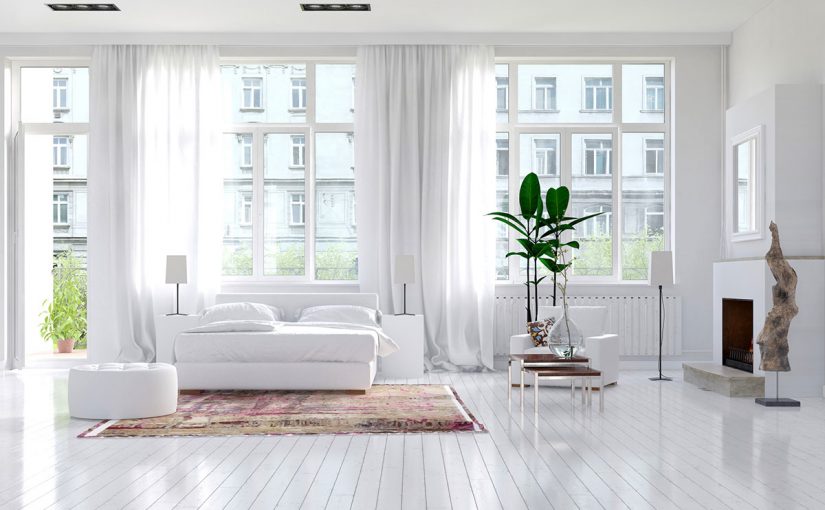Most of us feel dizziness and headache sometimes. Usually, the reason is normal virus or seasonal influenza. Unfortunately, growing number of people have symptoms that are not easily explained. In worst cases, people visit several doctors and spend fortunes in to the different tests. And they still don’t receive an explanation for their symptoms. Consequently, dizziness continues and makes peoples every day lives difficult. Could the reason be indoor air quality?
Public concern about indoor air quality effects to human health has increased since the 1980′. Severe indoor air quality problems have occurred in many public buildings from the 1970’ and 1980’. Problems in old school buildings have led to long sick leaves of teachers. Furthermore, school kids have started to have headaches not explainable by seasonal viruses. We all know this. Communities, private and public sector have been working to improve the situation already for decades.
Indoor air pollutants generate a vast list of symptoms
According to Lawrence Berkley Laboratory, we spend less than 2h per day outdoors. We breath 15 000 liters of air within one day, says Finland breathing society. The European Environment Agency states that certain air pollutants can exist in high concentrations in indoor locations. They also say, that indoor air pollutants can trigger health problems.
European Commission Joint Research Center has listed indoor air pollutants. Indoor air pollution consists of tobacco smoke, allergens carbon monoxide, nitrogen dioxide, moisture, chemicals and radon. And then, air pollutants trigger raspiratory problems, eye irritation, lung cancer, headache, coughs, sore throats, chest tightness, breathing problems, skin rashes, dizziness, nausea, allergies, asthma, damages in liver, kidneys and nervous system. Indoor air quality really matters.
Formaldehyde poses a significant danger to human health in indoor air
Formaldehyde an ozone precursor and classified as carcinogenic compound. In addition, it is also found from indoor air. Building materials, cooking, and tobacco smoking are sources of formaldehyde. Also many everyday products, such as cosmetics, furniture and detergents contain formaldehyde. High levels of formaldehyde can be found from new homes and homes with new construction.
Noteworthy, that the concentration levels above 100 ppb can cause acute health problems. Exposure to formaldehyde is a special concern for children, elderly and people with breathing problems, such as asthmatics.
Our indoor air formaldehyde measurements
We measured formaldehyde indoor levels in Southern part of Finland in autumn 2017. Measurements were conducted in buildings from the 1950’ and from the 1990’. There were many rooms exceeding the threshold level of 50 μg/m3, as you can see from the following graph.

It was interesting to note, that there were a cohesion between measurements and human observations. While entering a room where real-time measurements showed high formaldehyde concentrations, the bad air quality could be observed also by breathing. This helps to evaluate a possible need for further investigations of the indoor air quality. Download the app note here, to read more about the measurements.
We provide precise indoor air quality measurements
Indoor air quality is in the interests of many and for many different reasons. Someone needs to measure and report indoor air quality for legal reasons. The others want to show that problems in the indoor air quality exist for health reasons. Someone wants to evidence that there are no problems for financial reasons. Therefore, the invisible indoor air pollution needs objective measurement data to evidence the existence or nonexistence of it.
Indoor air pollution, gases such as formaldehyde, is not the most obvious reason for headache and dizzines. If the symptoms last long or they appear in certain places, it might be worth to think about other options than seasonal virus or influenza.
We are on our way to provide handhelds for public to measure indoor air quality at private houses. Currently our solutions measure harmful gases precisely and real-time and are used by public authorities and private companies. Read here more about our solutions. Finally, our solutions enable authorities to ensure the safety and wellbeing for the public.
https://www.buildinggreen.com/blog/we-spend-90-our-time-indoors-says-who


